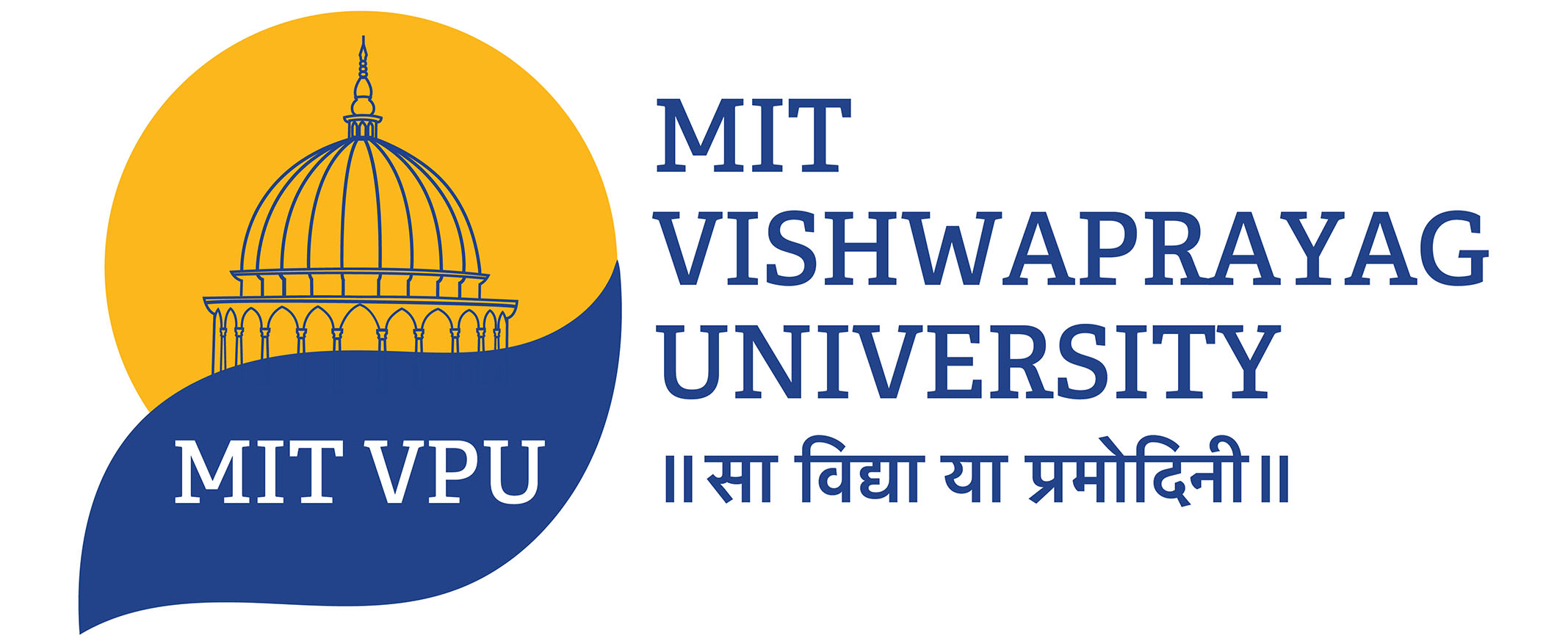4-Year Undergraduate Programmes: Blessing or Burden?
Published on : 16/11/2023
The recently unveiled draft of the National Education Policy (NEP) by the government has introduced a series of remarkable measures aimed at transforming the Indian education system, spanning from primary education to higher studies. Among these proposals, one prominent recommendation is the reintroduction of four-year undergraduate (UG) courses. The implementation will be a boon or bane is still the question in the minds of every student. In this blog, we will discuss how the 4-year undergraduate programme came to the scenario, and how much its implementation would be effective and how much Indian education system has to mould itself to the upcoming changes.
Initial Steps
It’s worth noting that this concept of 4-year undergraduate programmes was initially introduced as FYUP at Delhi University but later abandoned by a former HRD minister. This was followed by the protests from both students and teachers of the varsity. But the NEP and UGC was eager to reintroduce the programme. Within the draft NEP, the committee also suggested a comprehensive reform of the teacher education system, aligning it with the requirements of the envisioned 4-year undergraduate programs. This much-needed change promises to significantly enhance our current educational standards.
FYUGP Rules for Students Who Are Already Enrolled in UG-Programmes
The students who are in their first or second year of undergraduate programme can also take the four-year undergraduate courses, according to the UGC chairman. Moreover, UGC will grant liberty to different universities to create their own rules in implementing these new changes through the academic council. The reason for this early adoption is that if only new students can enrol in the FYUP, then the programme outcomes will take a further four years to be visible. Besides, students might follow the path of their seniors when they see the results of the new rule.
The FYUGP is set to be introduced in most state and private universities, commencing from the academic session, and extending to all 45 central universities. Furthermore, several deemed and private universities are expected to adopt this program.
How 4-year Undergraduate Programmes Work in Favour of India?
There are numerous reasons why this extended duration of undergraduate courses will prove to be beneficial for the Indian Education System. Many experts believe that this will be the gatepass for Indian students who wants to pursue their higher studies abroad. Below mentioned are some noted reasons why these courses would aid the Indian students:
1) Easy Entry Into Foreign Universities’
- The vice chairman of UGC, Bhushan Patwardhan notes that many foreign universities does not accept the three year undergraduate degree which beocmes a roadblock for students pursuit of higher studies.
- The introduction of this four-year programme clears this dilemma, where the students earlier had to pursue a diploma abroad before their entry into master’s and other courses in the foreign varsity.
- This addition, thus saves a year of students and international fees for the same.
2) Direct Entry into PhDs
- The four year undergraduate program syllabus possess many research elements in it, which makes students ready to take on the challenging research projects in future to boost the ecosystem of the country.
- Moreover, universities may grant degrees labeled as “with Research” to students who successfully fulfill the research project requirements specified by the Higher Education Institute (HEI).
- However, there might be a screen check on students who wish to enroll in the doctoral programme after their graduation.
- This might check whether they have the skills necessary to pursue PhD in their respective chosen field.
3) Multiple Entry and Exit Options
- Now, the students who leave their studies midway owing to some financial constraints or other problems, will possess some sort of qualification after their limited education.
- This is to say, that a student who completes 1 year of study (2 semesters) will be given a certificate, 2 years of study (4 semesters) with a diploma, 3 years of study (6 semesters) with a bachelor’s degree, and the compeltion of 4 years of study (8 semesters) will result in a bachelor’s degree with honours.
- The facilitation of the multiple entry and exit points will encourage more students to pursue their studies with full force and utmost determination.
4) Changes in the Curriculum Pattern
- The revised pattern of the degree will witness some significant changes. For students in the disciplines of humanities, natural sciences, and social sciences, the “introductory” or “common” courses will remain the same during the initial three semesters.
- After this, students have to declare a “major” subject and two “minors” from a disciplinary or inter-disciplinary area of study.
- Thereby, the 4-year undergraduate programme will end with students gaining 160-176 credits with honours/ research.
5) Skill-Building
- The choosing of majors and minors equips students with a wider perspective to study a summarized version of their upcoming studies in their inital years and then focus on a particular discipline.
- These programmes make room for classroom sessions, blend of fieldwork, and discussions with internships with provides industry exposure which the graduate population in Inida lacks.
- This could enhance employability and skill building.
Challenges
Apart from providing ample opportunities, this change would also bring some challenges for universities, students and teachers. Some oif these are mentioned below:
1) Lack of Research Facilities
- Many autonomous colleges and universities did not have infrastructure to provide the require researc facilities to students.
- For this, funds need to be allocated by UGC for its development.
2) No Job Opportunities After Research Based Programmes
- There are no job or internship options available for students who enrol in the research based courses and programs.
- This hinders the proliferation the courses which require rigorous research, necessary for the developing India.
- Thereby, deemed institutes should come up with the courses which not only has in-depth analysis but also the specialization opportunities.
3) Increased Fees
- As the years of study increases, so is the term/semester wise fees.
- This might become a challenge to have more students in these UG Programs.
4) No Resources
- Many institutions does not have the faculty with specialization in specific areas as per the students requirements.
- Moreover, there is also no time from their end to allocate to a large number of students pursuing the course.
How MIT Vishwaprayag University adopts the 4-Year Undergraduate Programme?
Conclusion
Recent post

The Art of Traditional Teaching: Strategies and Pedagogical Insights
N/A


Why MBA after Engineering: Exploring the Benefits